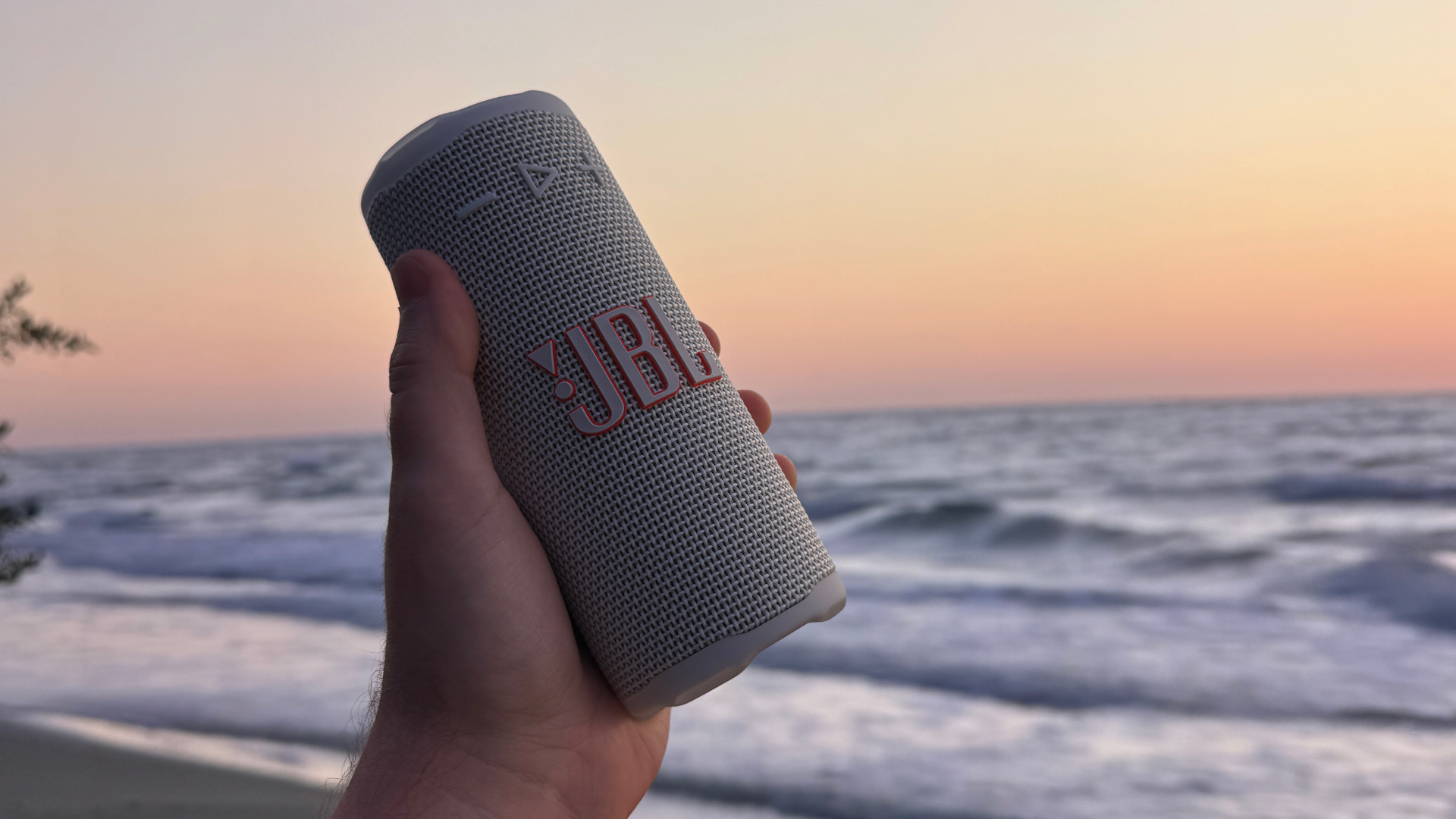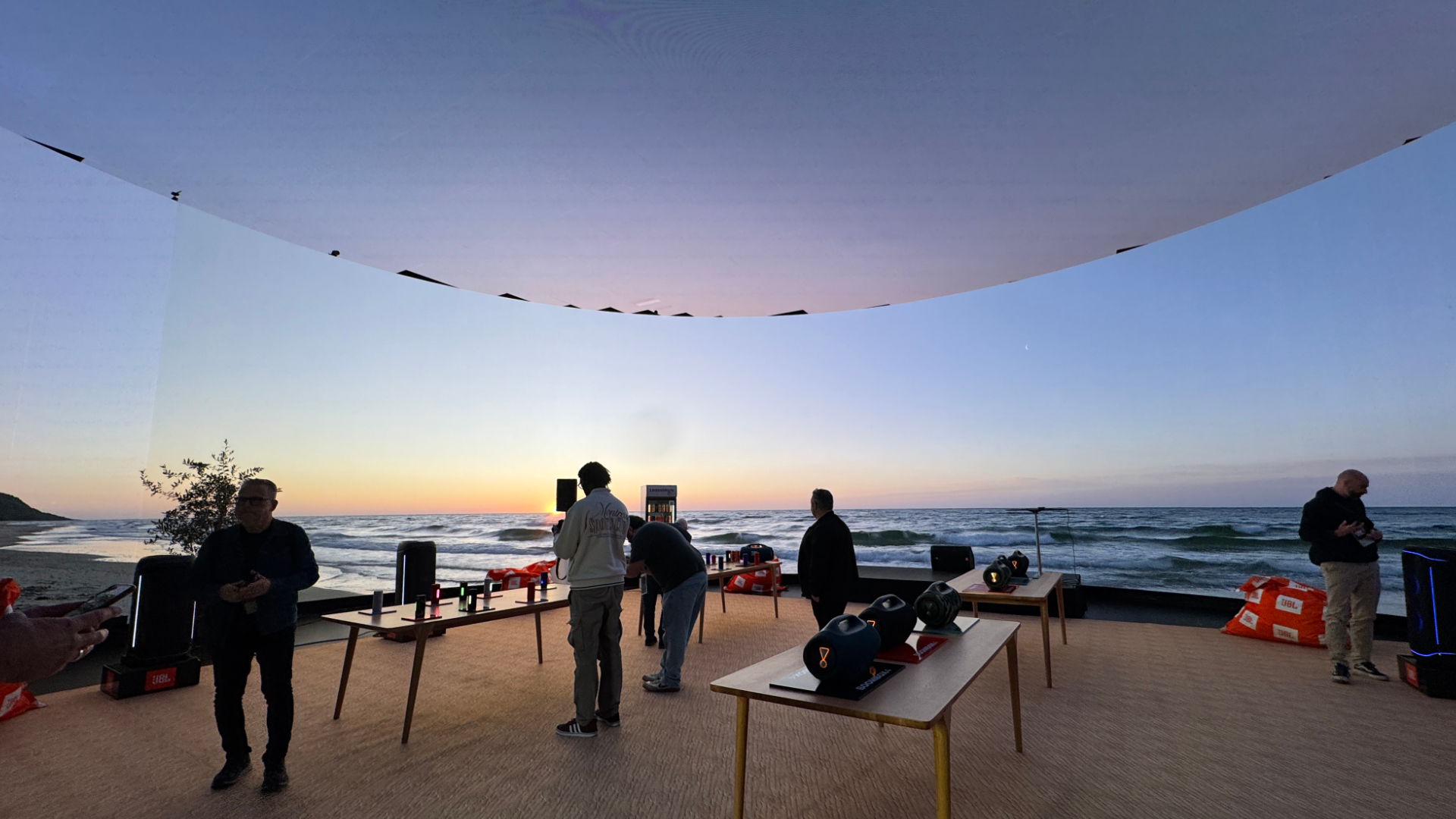I finally found a reason to like Auracast – and it wasn't what I expected
Forget station announcements, it's all about audio groups


Like so many other tech journalists, I feel as though I've spent the last few years writing the same broad things about Auracast. The tech, which is part and parcel of Bluetooth LE, the new standard that has slowly but surely been spreading through devices in recent years, has been available for a while but seen quite a slow rollout.
The big thing that I've read and repeated over the years is that Auracast could revolutionise how public address systems work. All of a sudden, your Bluetooth device could access shared public announcements in locations like train stations and airports, so that you're never again at risk of missing something important because your music's too loud or your noise cancelling is too effective.
Follow T3.com on Google News to keep our latest news, insights, and features at the top of your feeds!
That use case is interesting, but it's still under testing in public spaces and has only ever really been demonstrated in very specific circumstances, so it's a little hard to really get excited about anymore. By contrast, at a recent JBL event in Copenhagen, I saw a far more persuasive example of what Auracast can do.
JBL's embraced the standard in a big way with its latest generations of speakers – where it previously used a system called PartyBoost to link speakers together easily, that's been replaced by an Auracast button on all of its new launches, including the compact Grip among others.
So, when we were in a big LED room full of those new speakers, of all shapes and sizes, there was only one thing to do – start pushing the Auracast button on them all to stand back and hear the sound spread. We ended up with around 20 speakers all playing at once, each one added to the party with just a single button press, and the lack of admin required in that process was genuinely impressive.

The way that sound grew as it added more speakers was also brilliant, and while the bigger, more powerful units obviously did dominate overall, it was a great advert for filling a space with a variety of devices that you can get your hands on. Obviously, for now, most of us don't have access to Bluetooth speakers with Auracast buttons, unless we've bought all of ours very recently.
Still, as people slowly upgrade and those new devices start to spread through the market, the flexibility offered by Auracast is going to get more and more convenient. The days of holding two speakers from different brands and being unable to pair them together will eventually end, and that's really big for throwing parties without having to fumble a weird wired sound system together.
Get all the latest news, reviews, deals and buying guides on gorgeous tech, home and active products from the T3 experts
Flexibility is great for the consumer, after all, and I'm still a little amazed at how long it's taken some brands to realise this. Of course, each speaker-maker would prefer that all of your speakers were from its roster, but that's rarely realistic, so having devices that play nice with other brands is a huge way to make each one more attractive and futureproof.
So, consider me an Auracast convert for now – although I'm still dubious about how long it'll take for its public address features to actually make it out into the real world at all, let alone widely. If party audio is the more realistic addition to expect to actually use, then at least it's pretty brilliant.

Max is T3's Staff Writer for the Tech section – with years of experience reporting on tech and entertainment. He's also a gaming expert, both with the games themselves and in testing accessories and consoles, having previously flexed that expertise at Pocket-lint as a features editor.
You must confirm your public display name before commenting
Please logout and then login again, you will then be prompted to enter your display name.
